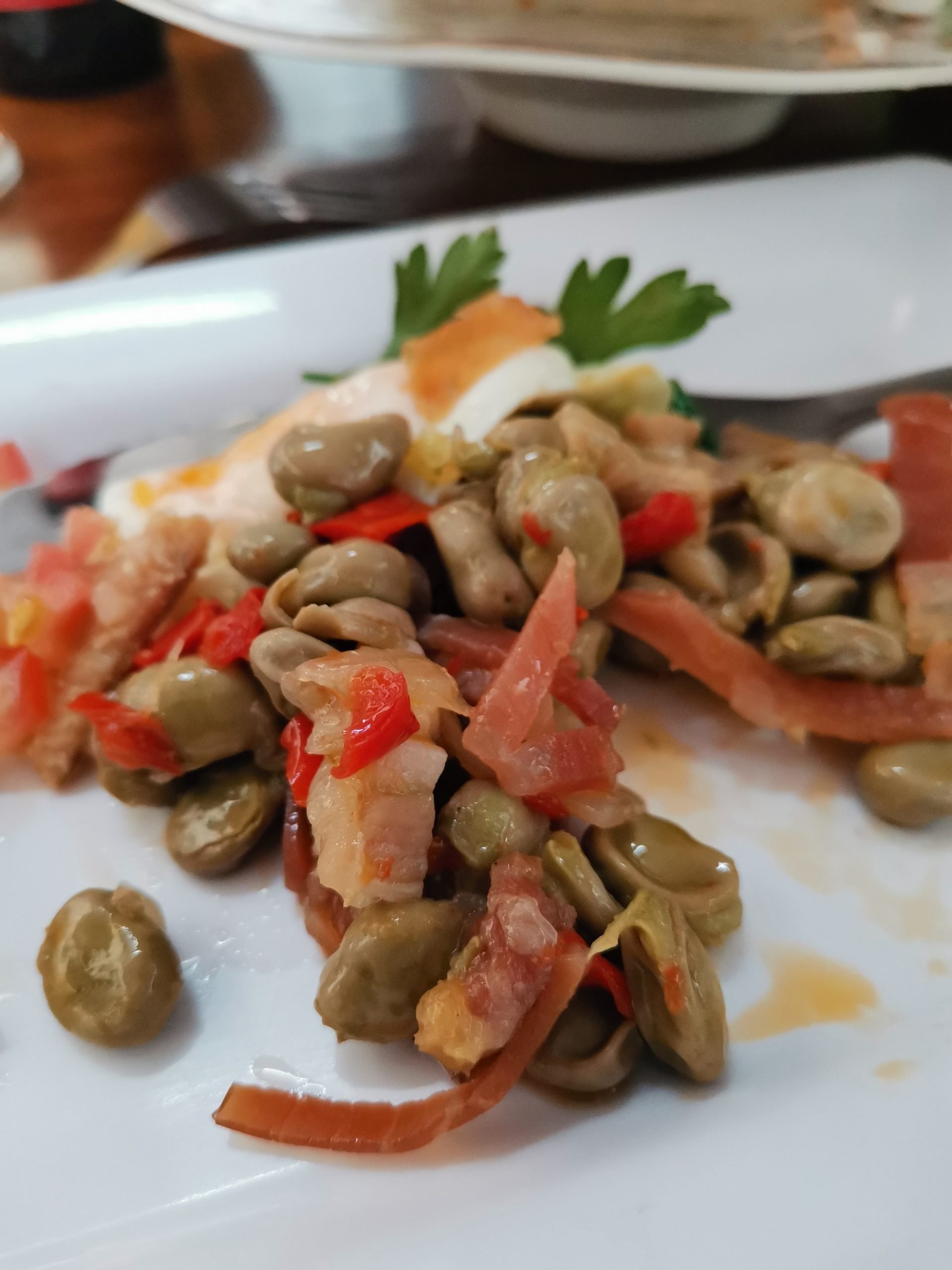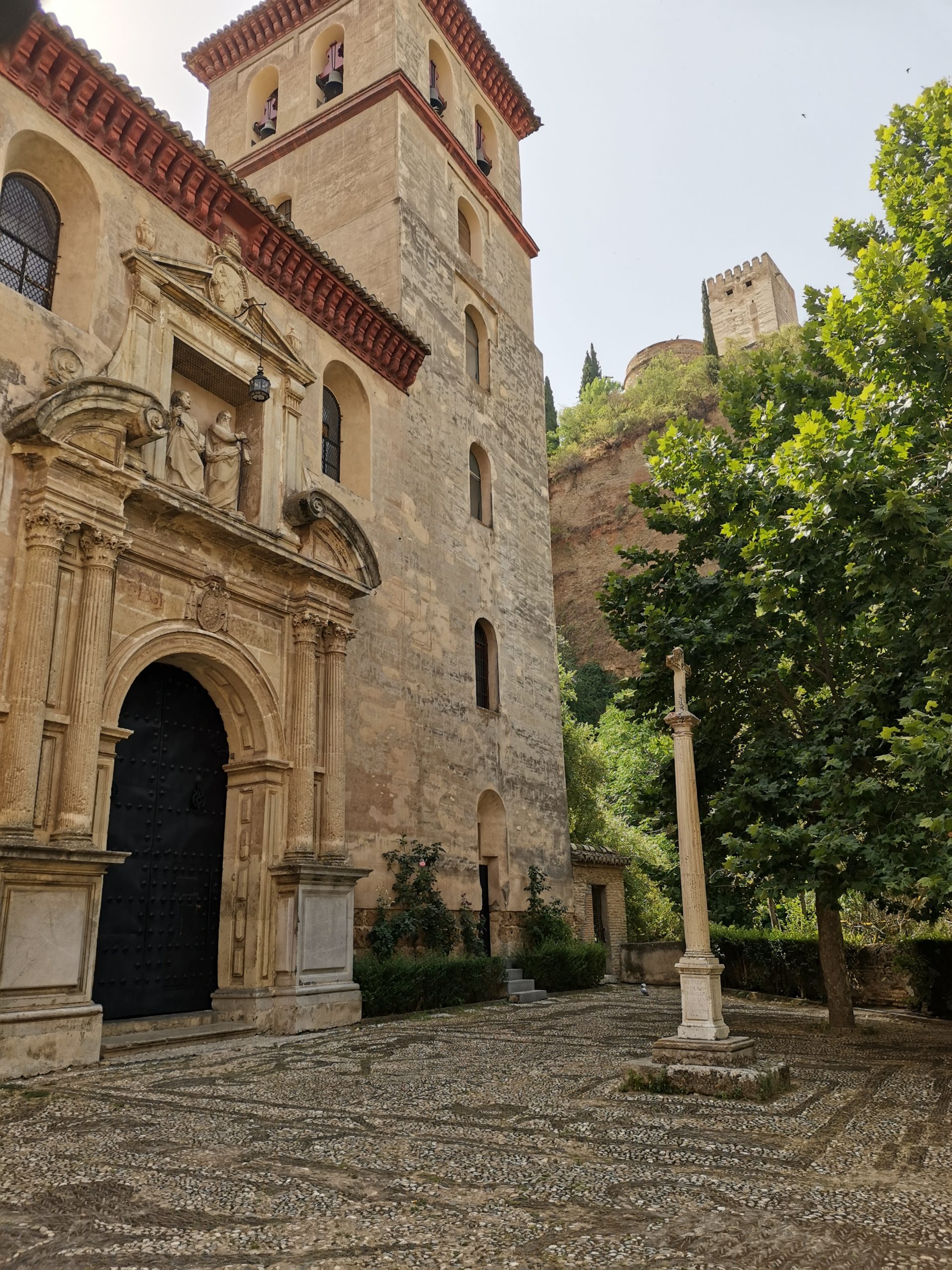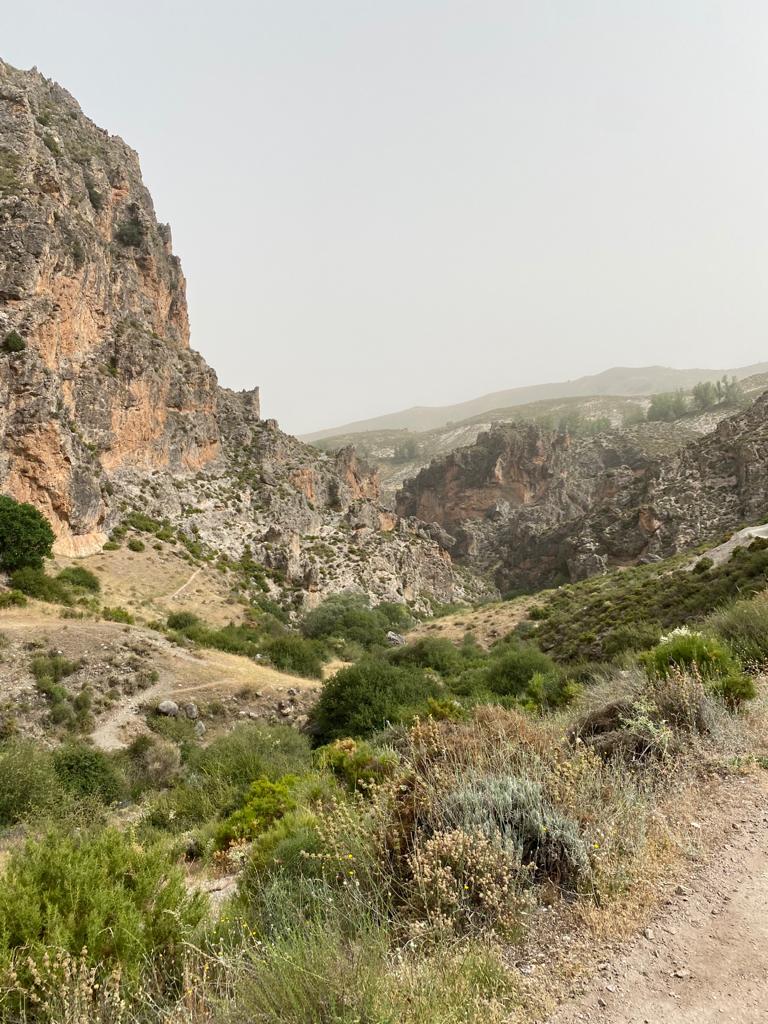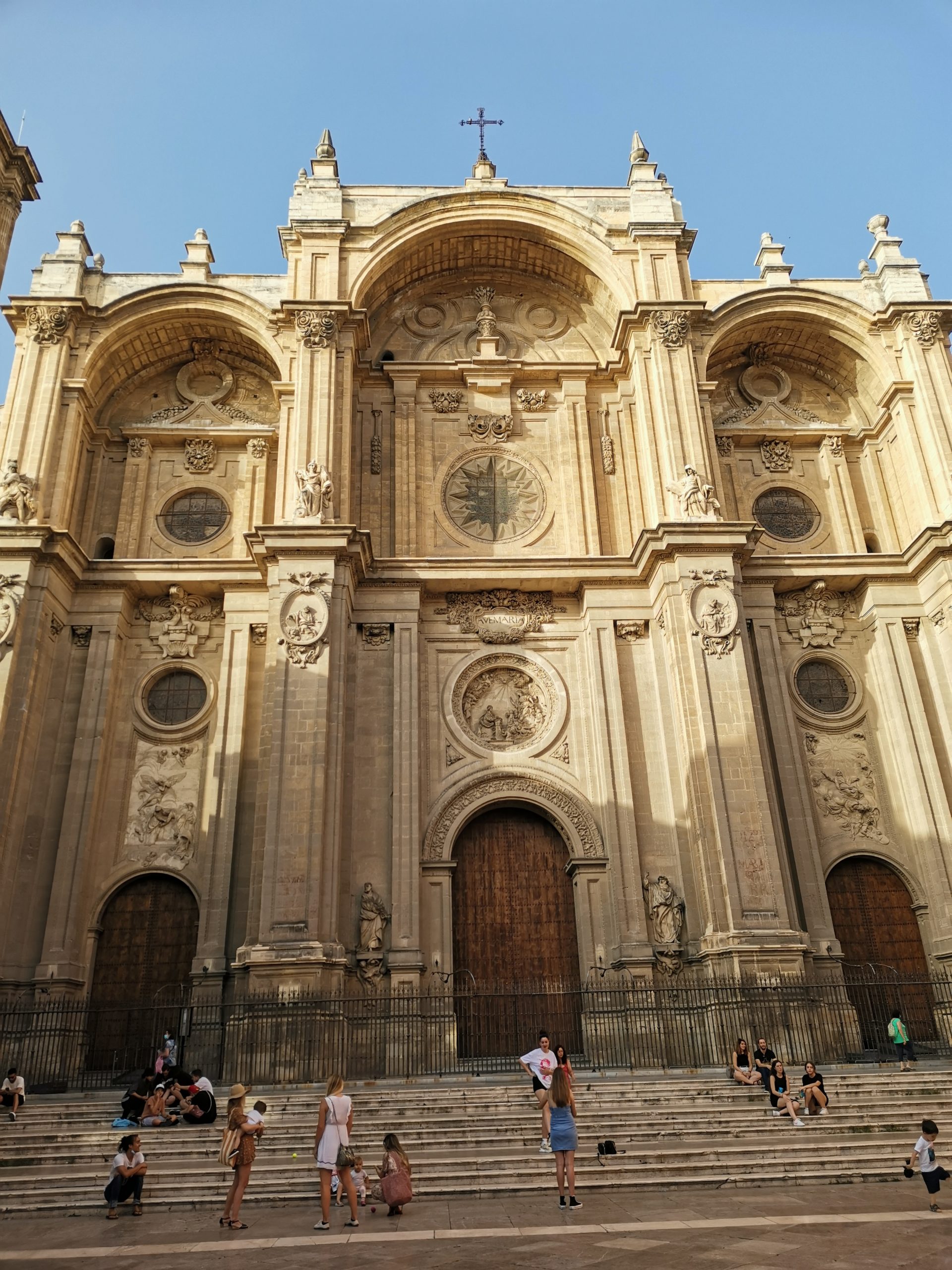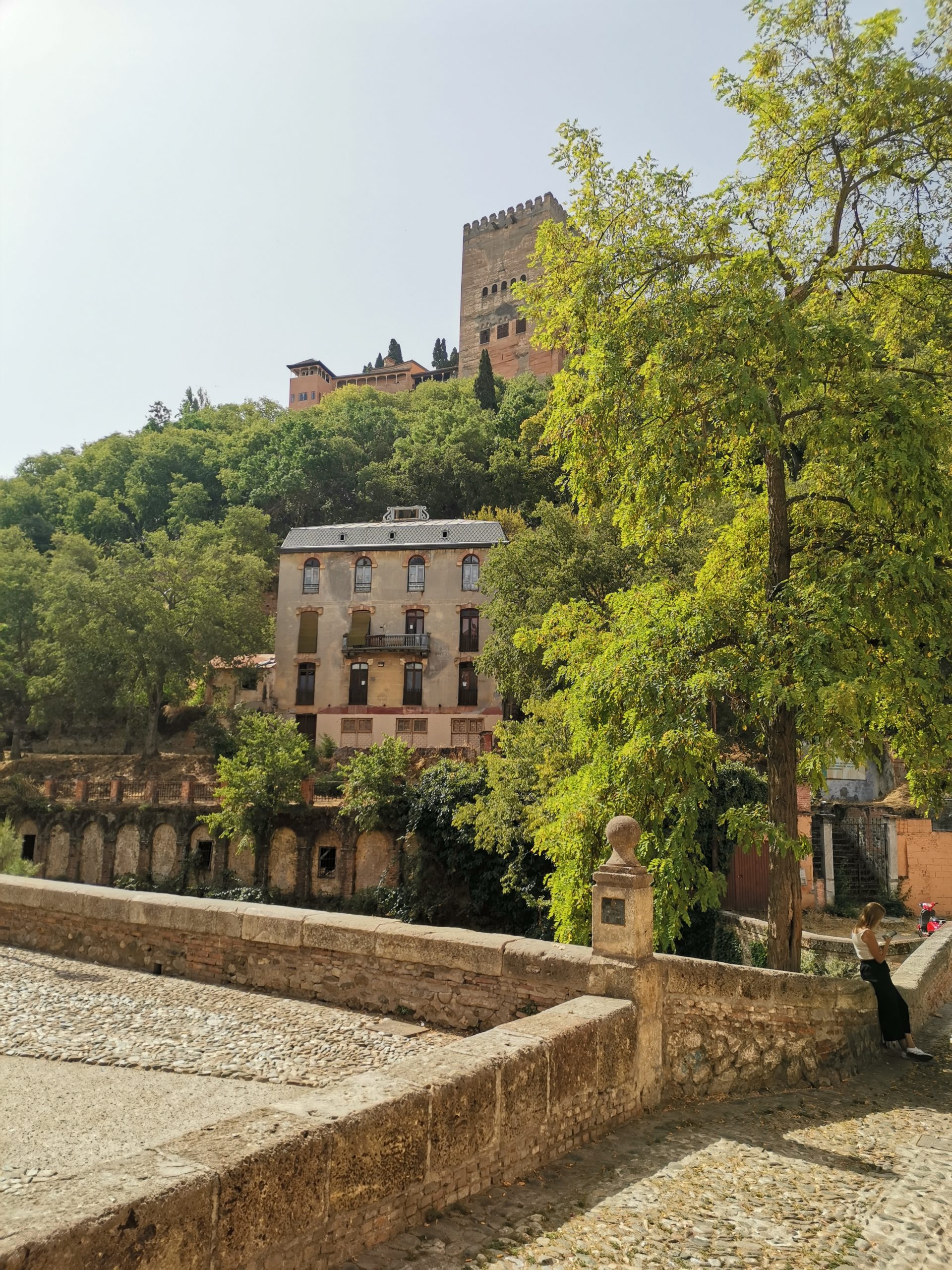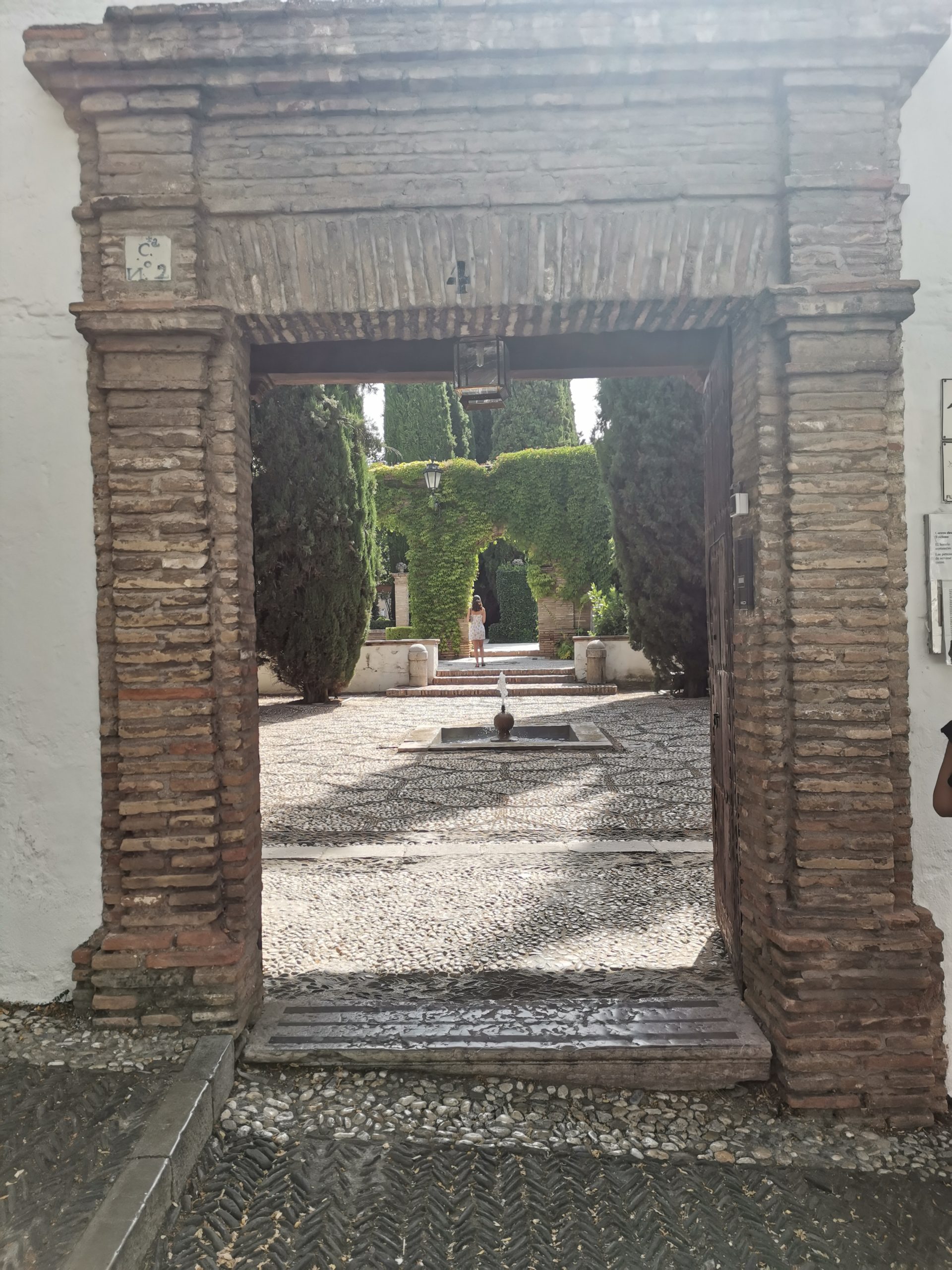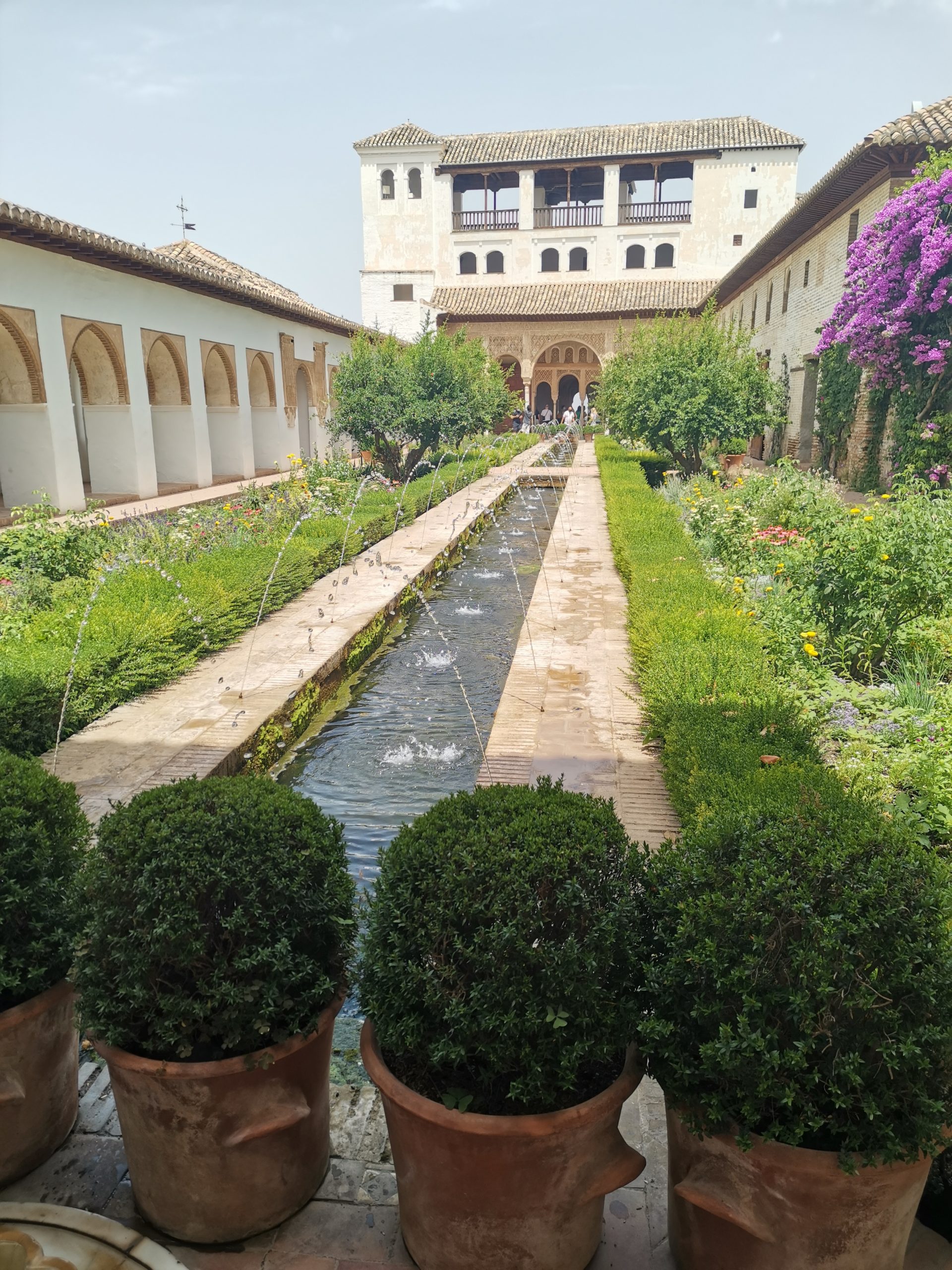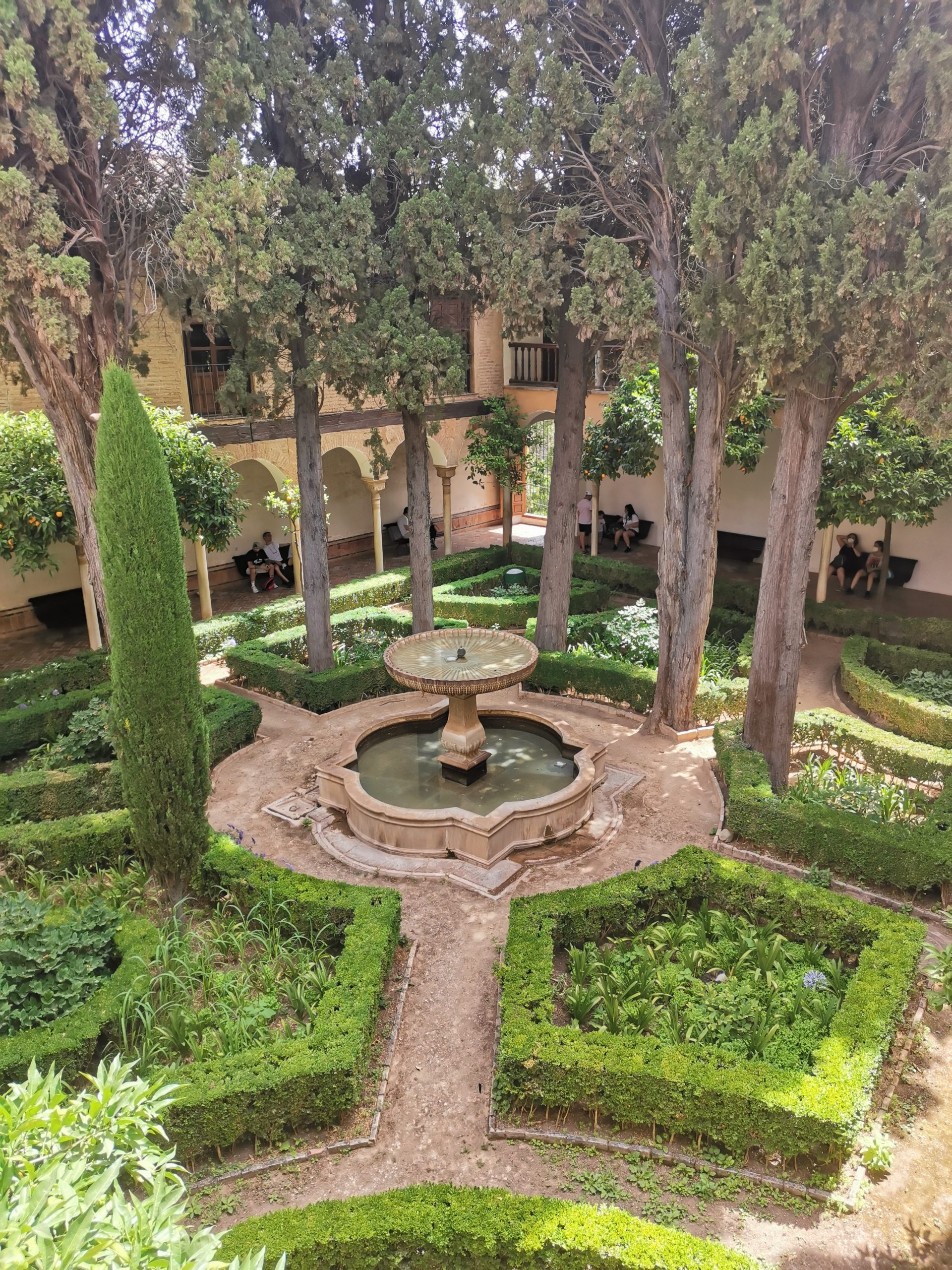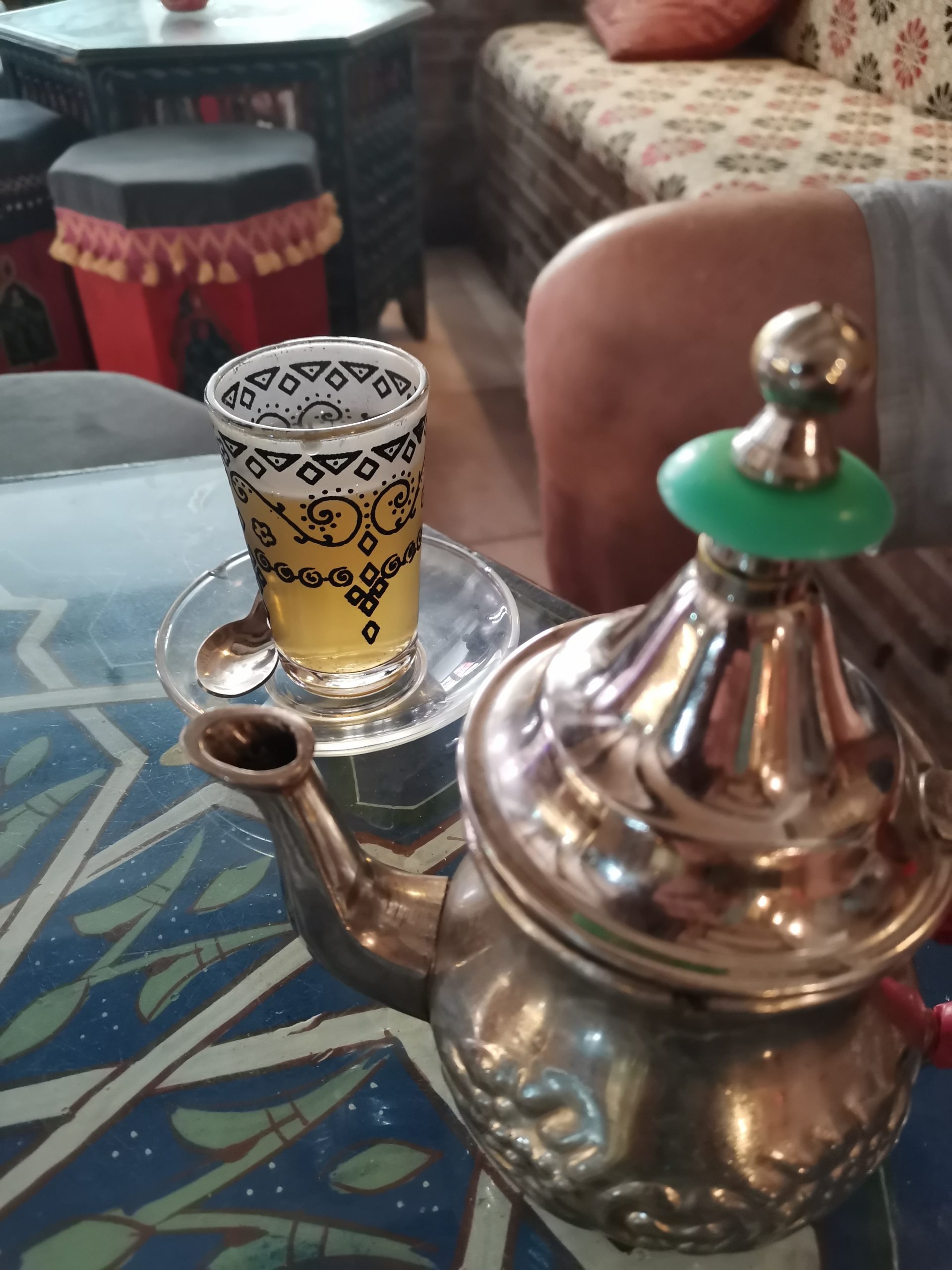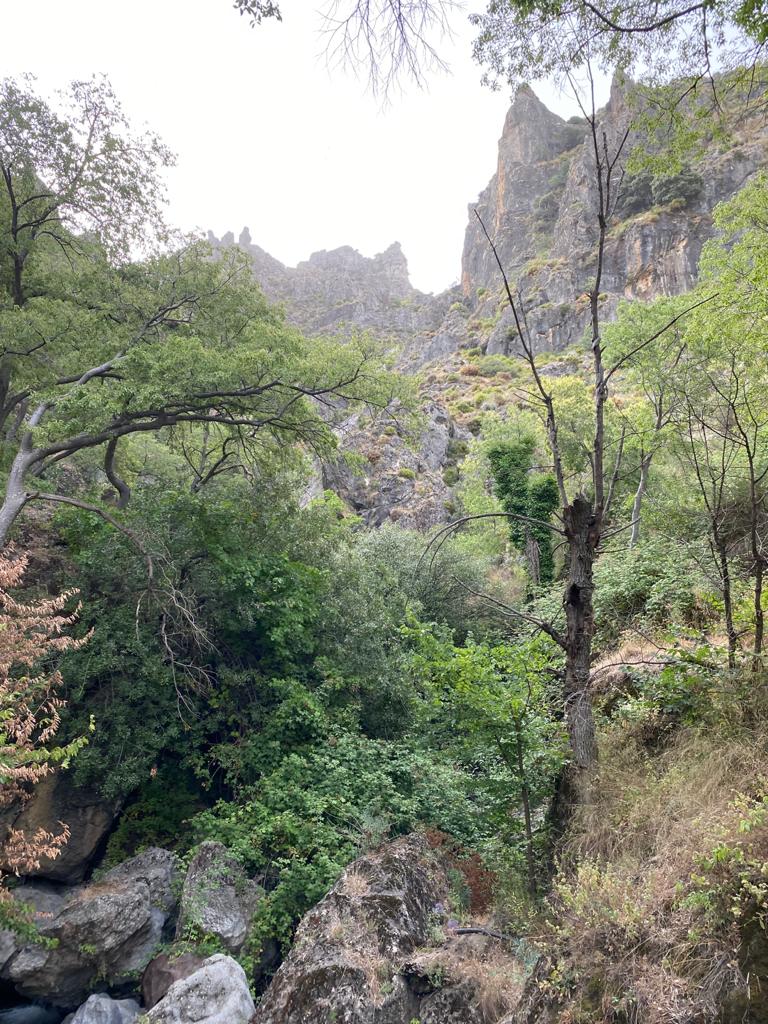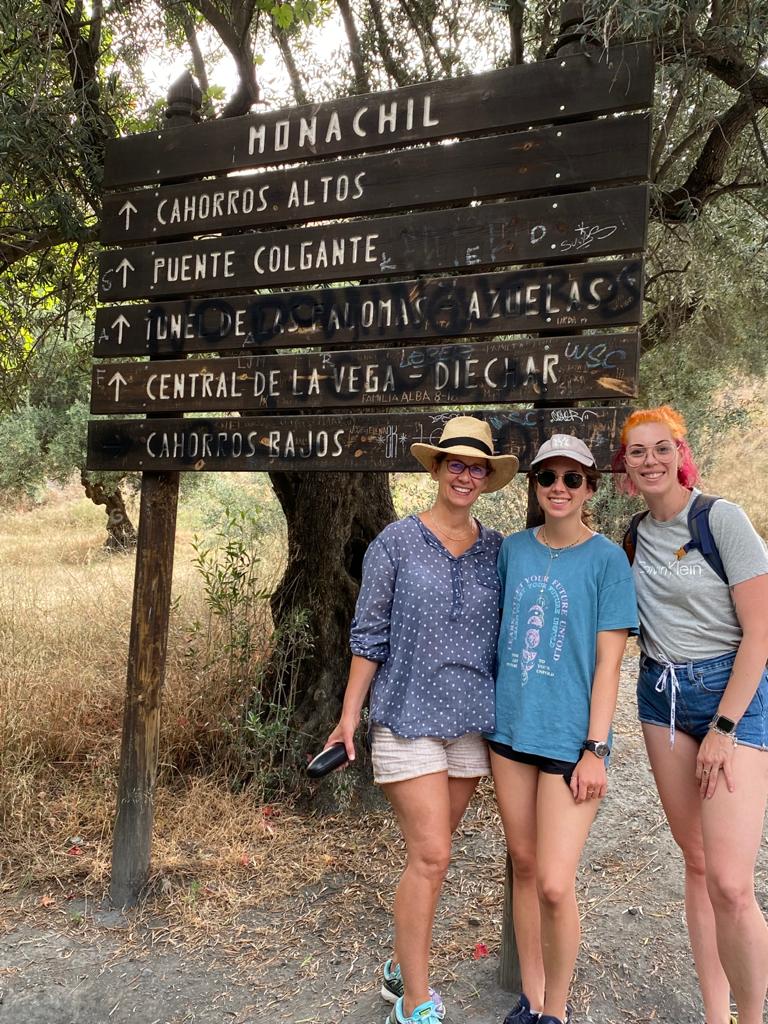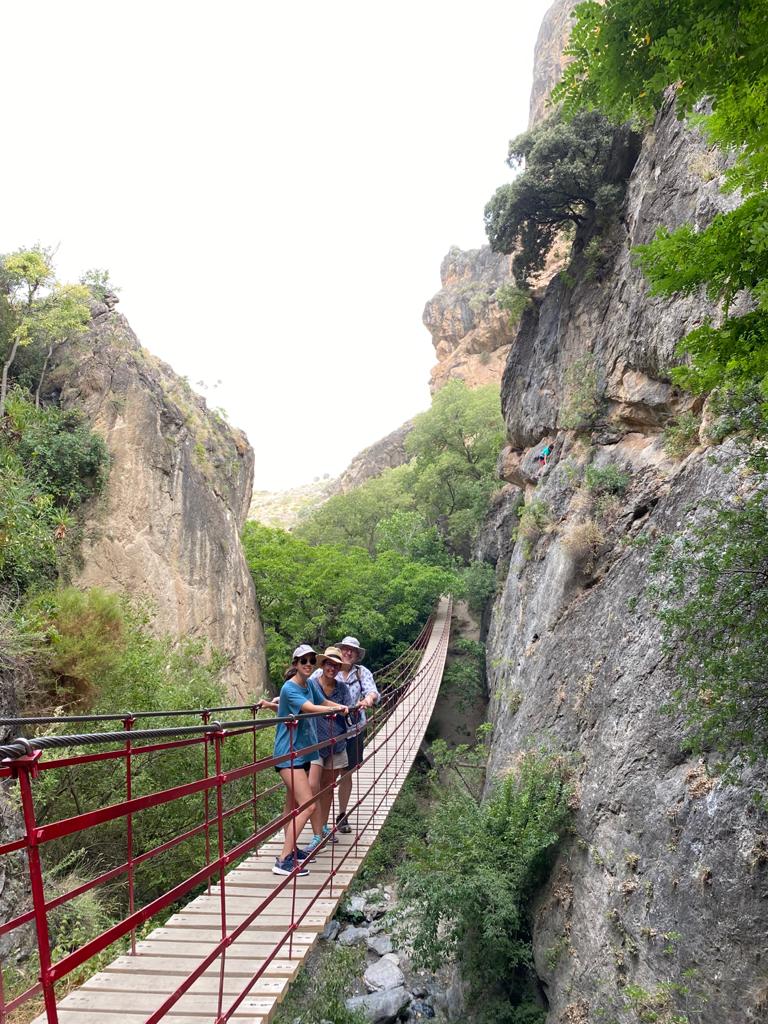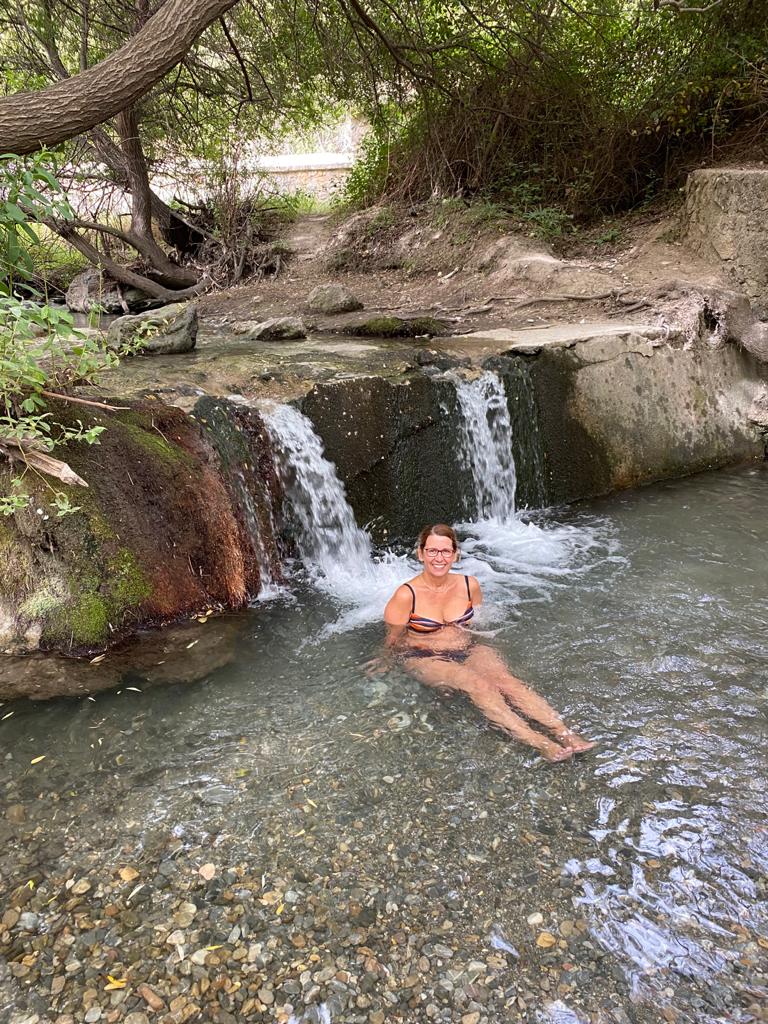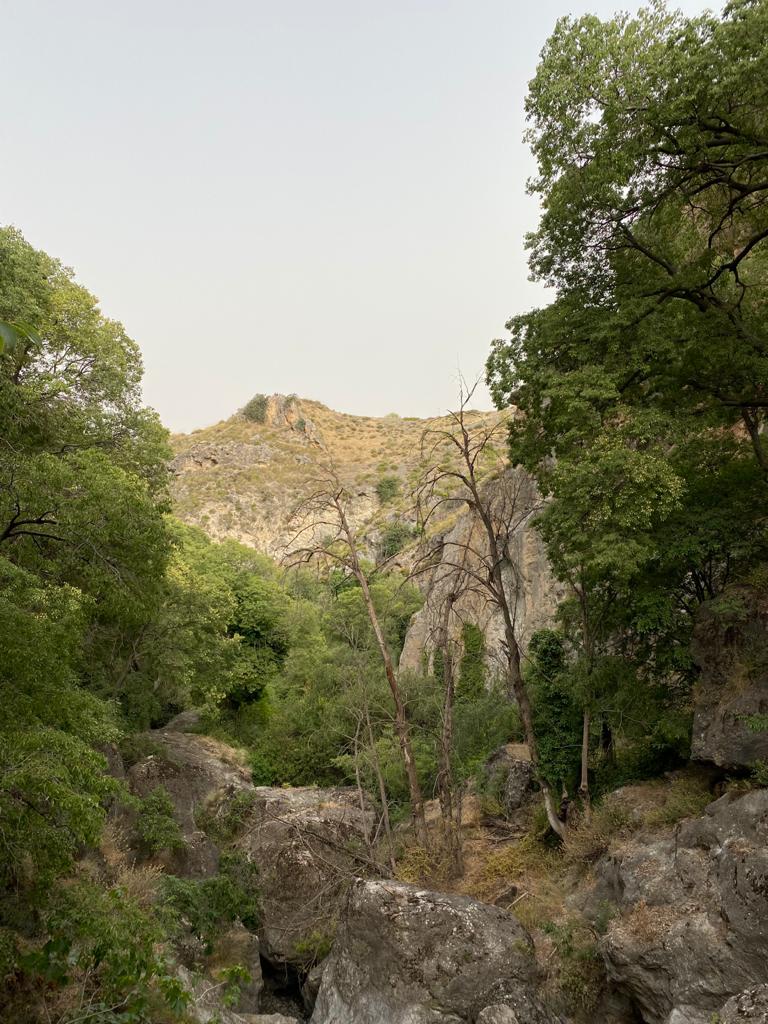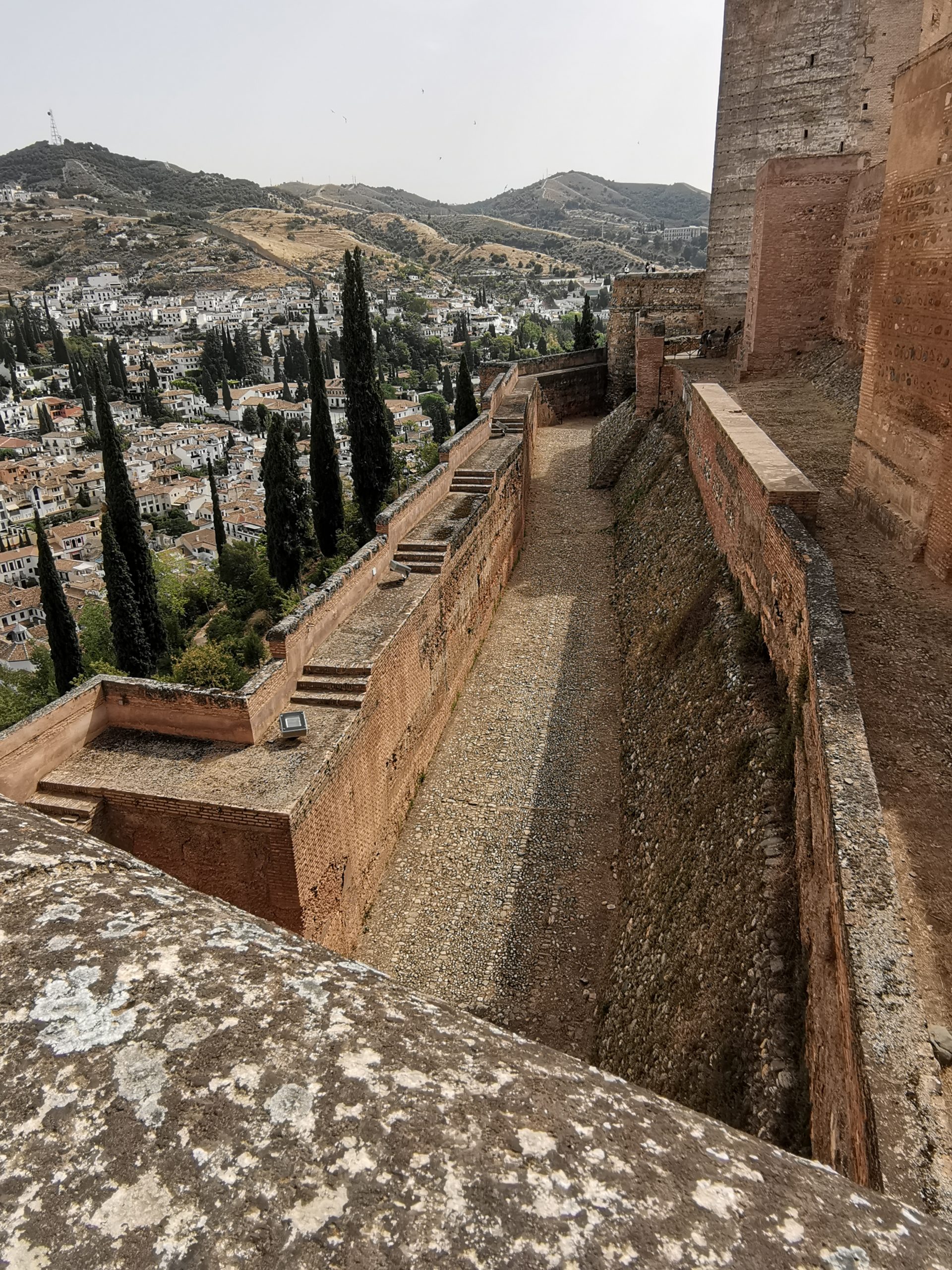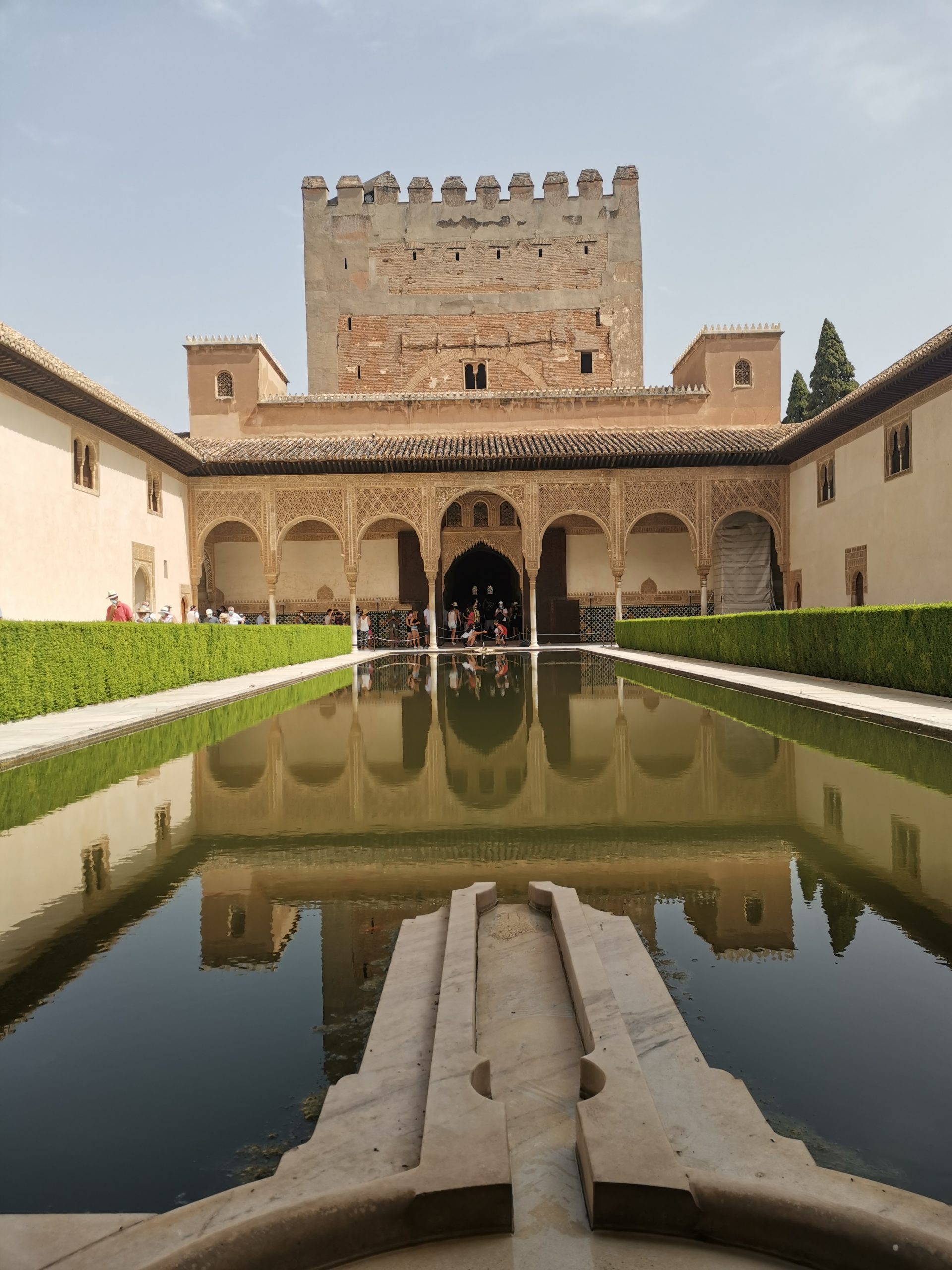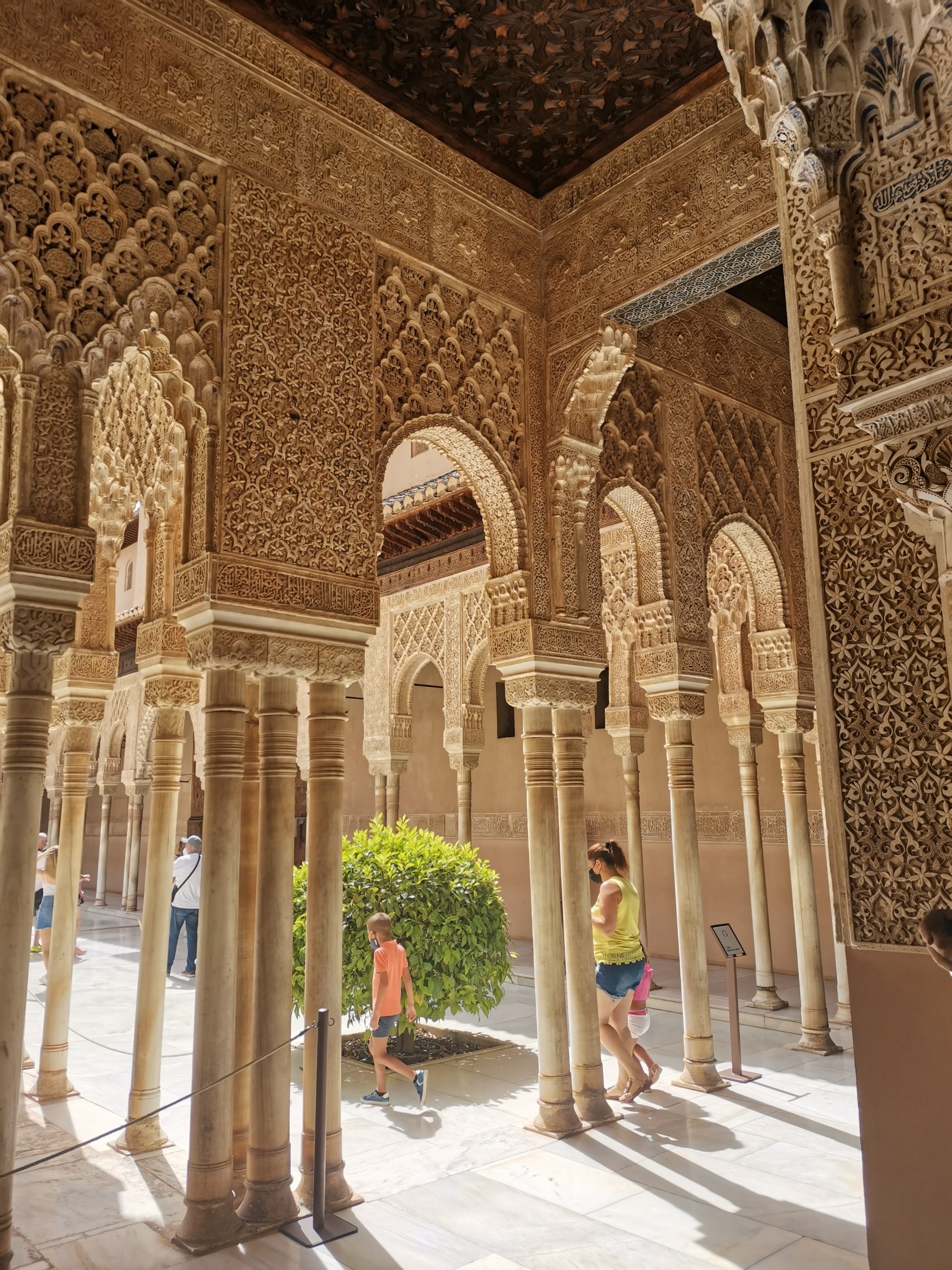History, Health and Hiding from the heat in Granada, Spain
Food
History
Hiking
About Granada, Spain
The city’s name may have been derived either from the Spanish granada, “pomegranate,” a locally abundant fruit that appears on the city’s coat of arms, or from its Moorish name, Karnattah (Gharnatah), possibly meaning “hill of strangers.” Granada was the site of an Iberian settlement, Elibyrge, in the 5th century BC and of the Roman Illiberis. As the seat of the Moorish kingdom of Granada, it was the final stronghold of the Moors in Spain, falling to the Roman Catholic monarchs Ferdinand II and Isabella I in January 1492.
Granada is one of the pearls of Spain, most visited by tourists from all over the world. The long-time capital of Moorish Andalusia reminds us of important epoch in Spanish history, with the world-famous “Alhambra” at the top of the list.
Walk through beautiful gardens, charming narrow streets filled with flowers, sit down in one of those typical taverns to have some of the famous “Trevélez” ham and local wine, and breath in the centuries of history around you. There are gypsies singing “Flamenco”, and don’t miss to visit their famous “Cuevas” – caves – in the mountain of the monastery of Sacromonte.
The city is located at the foot of the “Sierra Nevada”, the Iberian Peninsula’s highest mountain with great possibilities for winter-sports. The highest peak is the “Mulhacén” at 3478 meters. On the other hand it is not far from the Mediterranean sea, so Granada is a great place to visit in any season.
A small gallery of beautiful Granada
One of the unique and wonderful eating treats offered in Granada is the free tapas. This only happens in Granada, I can assure you. When you sit down to have beer or a drink you will get a plate of tapas for free. These tapas are not always small plates and differ from restaurant to restaurant.
Some examples of the offerings were a small plate of paella, others offered a small plate of lamb stew and fried potatoes, a chicken curry, patatas bravas and steamed prawns. If you are short on cash you could eat for free as long as you have a drink. My husband was in his element!
One restaurant gave us an enormous plate of food as a tapas, which we devoured and kept us going for the rest of the day. All of them were delicious, though I have to say they were heavy on the salt. This must be to keep you drinking beer.
A delightful and welcome gift from the city.
Our stay in Granada…
Our visit was short and sweet, arriving in a heat wave with temperatures reaching 42°C in the afternoon. I love being in a city but this was a challenge. In Spain everything shuts from 3pm till about 8pm, encouraging you to go home and relax. The streets were literally deserted for hours with only the brave venturing out in the heat.
Our apartment was right on a Plaza in the old part of the city, so we were never far from the party life, with tapas bars right on our door step, the flamenco dancers doing their thing, and the singers and guitars paying through the night.
The alleys and roads were narrow and very hot. I have to confess we drank a lot of beer and sangria (and water!!)
As we were only in the city for a few short days we ate out most of the time, and the food was cheap and delicious. Finding gluten free and vegan food was a bit stressful to say the least. Salads and fresh fruit hard to find, so after 4 days I was very happy to leave.
The Spanish love their pork and potatoes, so as a health coach I did struggle as pork is the least healthy meat and fried potatoes quite low on my health agenda. I took the approach when in Spain do as they do! We were doing a lot of walking in the heat, so I justified the food with movement.
Very interesting to see how the Spanish live and eat.
Escaping to the mountains…
We booked an amazing experience with a guide into the Sierra Nevada mountains for a 4 hour hike. As it was incredibly hot so we left early allowing us to get back before the temperatures reached 40°C. It was invigorating and uplifting to be able to get into nature so close to the city. The first part of the hike involved following the river which flows down from high lying springs. We had the opportunity to dip into the river water which was freezing and absolutely bliss. As a cold water swimmer, I was in my element. I got to stand under a waterfall which I have never experienced before – very intimidating standing next to such power. There is so much water on the mountain despite it being so very dry and it has a very fast flow not just a little trickle.
Despite the heat there was still snow on the higher mountains, sending me to google to research skiing in Spain. The highest peaks are over 3000ft above sea level. They have some impressive skiing in the winter. Granada is a unique city in that you can ski in the morning and be at the beach in the afternoon in winter.
The rest of our hike climbed into the dry rugged part of the mountain where it really was very hot. Amazingly, little springs of water still flowed in these dry parts of the mountain and we were able to stop and tip ice cold water over our heads and neck to stay cool.
Never underestimate the power of getting outside for your mental health. Time and time again I look at why I feel frustrated and after getting out to a mountain, open space or water I realise I need a regular dose to remain positive and motivated,
The magic of the Alhambra…
It was originally constructed as a small fortress in 889 CE on the remains of ancient Roman fortifications, and then largely ignored until its ruins were renovated and rebuilt in the mid-13th century by the Arab Nasrid emir Mohammed ben Al-Ahmar of the Emirate of Granada, who built its current palace and walls. It was converted into a royal palace in 1333 by Yusuf I, Sultan of Granada. After the conclusion of the Christian Reconquista in 1492, the site became the Royal Court of Ferdinand and Isabella (where Christopher Columbus received royal acknowledgement for his expedition), and the palaces were partially altered in the Renaissance style. In 1526, Charles I of Spain commissioned a new Renaissance palace better befitting the Holy Roman Emperor, but it was never completed due to Morisco rebellions in Granada.
After being allowed to fall into disrepair for centuries, and the buildings occupied by gypsies, Alhambra was rediscovered following the defeat of Napoleon I, who had tried to destroy the site. It is now one of Spain’s major tourist attractions, exhibiting the country’s most significant and well-known Islamic architecture, together with 16th-century and later Christian building and garden interventions. The Alhambra is a UNESCO World Heritage Site.
Despite long neglect vandalism, and some ill-judged restoration, the Alhambra endures as an a typical example of Muslim art in its final European stages. Alhambra was extended by the different Muslim rulers who lived in the complex. However, each new section added followed the consistent theme of “paradise on earth”. Column arcades, fountains with running water, and reflecting pools were used to add to the aesthetic and functional complexity, everything has a meaning leading to Allah. In every case, the exterior was left plain and austere, the true beauty lying within. Sun and wind were freely admitted. The name Alhambra means the red one or the red castle, which refers to the sun-dried bricks that the outer wall is made of.
